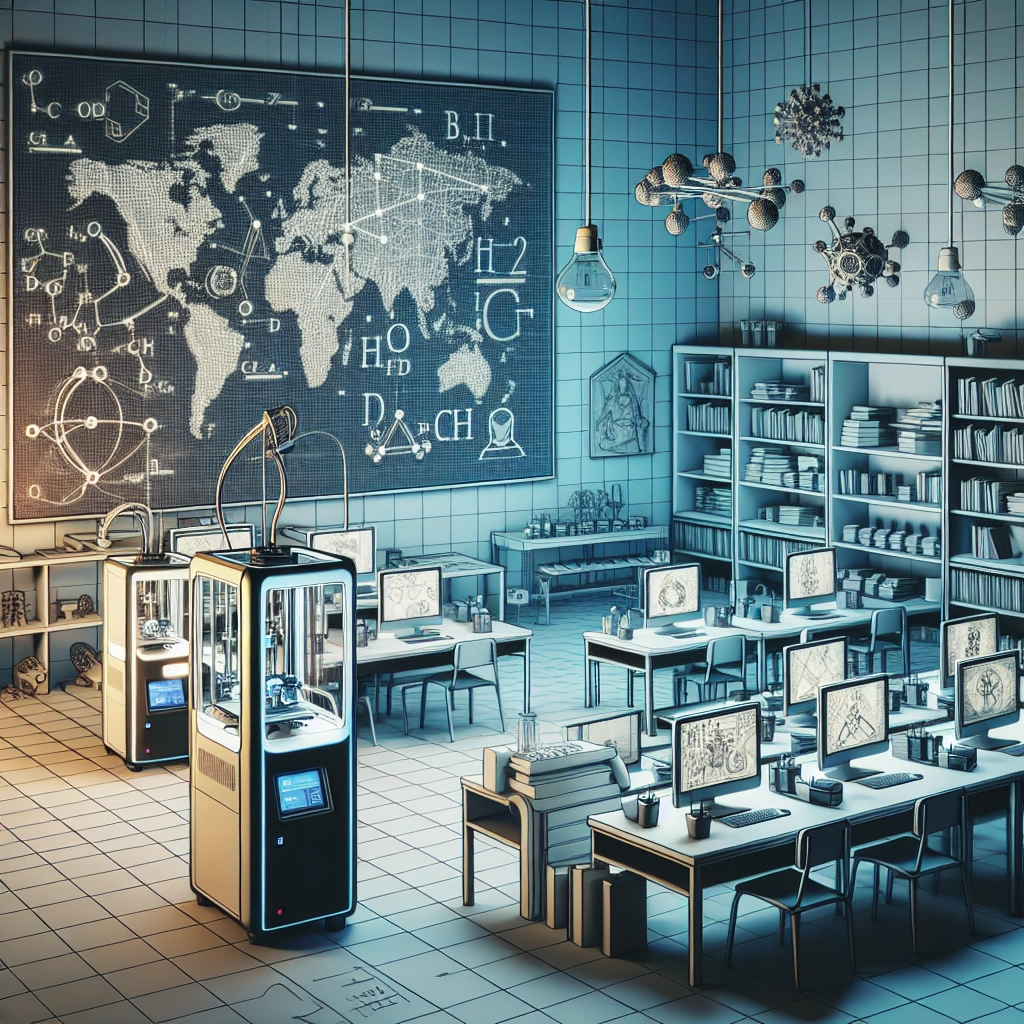Harnessing the Power of 3D Printing in Education
In our ever-evolving digital age, technology is shifting not only how we live but also how we learn. Among these technological advancements, 3D printing stands out as a revolutionary tool for educators and students alike. Imagine being able to turn abstract concepts into tangible, hands-on experiences! That’s the magic of 3D printing in education, and it’s transforming classrooms across the globe.
The Basics of 3D Printing
Before we dive in, let’s take a quick look at what 3D printing really is. In simple terms, 3D printing, or additive manufacturing, involves creating a three-dimensional object from a digital file. The printer builds the object layer by layer using various materials, including plastics, metals, and even food! From miniature Eiffel Towers to intricate models of human organs, the possibilities seem virtually limitless.
Engaging Students Through Hands-On Learning
One of the primary benefits of 3D printing in education is its ability to engage students through hands-on learning. Traditional methods often rely heavily on textbooks and lectures, which can be passive and, at times, unexciting. However, with 3D printing, students can actually see and touch the concepts they’re learning about.
For instance, in a biology class, rather than merely reading about the human heart, students can create scaled models to understand its structure and function better. They can even use simulations to explore how blood flows through the heart. This hands-on experience helps to reinforce learning and provides a deeper understanding of complex topics.
Fostering Creativity and Innovation
3D printing is not just about understanding existing concepts; it’s also about encouraging creativity and innovation. Students can think critically and design their own projects from scratch. Whether it’s inventing a new tool to solve a problem or creating art, 3D printing empowers students to bring their ideas to life.
For example, consider a project where students must design a sustainable city. They could individually or collaboratively build models of their cities using 3D printers, experimenting with different structures and layouts. It’s a practical application of STEM education combining elements of science, technology, engineering, and mathematics, while also allowing for artistry and personal expression.
Bridging the Gap Between Theory and Practice
3D printing also plays a significant role in bridging the gap between theory and practice. It enriches the learning experience by allowing students to apply theoretical concepts in real-world scenarios. Engineering students, for example, can create prototypes of their designs, which not only helps them grasp theoretical concepts better but also prepares them for their future careers.
One high school robotics team used 3D printing to design and manufacture parts for their competition robot. They were able to take their learned engineering principles and put them into action, resulting in a successful entry into a national competition.
A Pathway for Inclusive Learning
Additionally, 3D printing can serve as an incredible tool for inclusive learning. Students with different learning styles or disabilities often find traditional educational tools limiting. However, 3D printing allows for more interactive and individualized learning experiences. Imagine a visually impaired student being able to explore tactile models of geometric shapes or complex systems in a way they can easily understand.
Educators can also print materials that cater specifically to students’ needs. Customizable learning tools can be created to help engage students and ensure that everyone has an opportunity to participate in hands-on learning.
Enhancing Collaboration and Teamwork
Collaboration is another vital skill that students develop through 3D printing projects. Whether they’re working on a group design project or sharing ideas with peers, students learn how to communicate effectively, resolve conflicts, and support one another’s creative processes. These collaborative experiences mimic real-life scenarios where teamwork is essential.
In a recent project, a group of middle school students designed and printed a model of a new playground. Through the process, they not only honed their design skills but also learned how to negotiate and come to a consensus—a critical skill they will carry into adulthood.
Conclusion: The Future of Education
As we stand at the intersection of technology and education, 3D printing offers limitless opportunities. It’s more than just a tool; it’s a bridge to more engaging, inclusive, and hands-on learning experiences. As educators embrace this technology, we can expect to see a new generation of innovators, problem-solvers, and thinkers who are better equipped to tackle the challenges of tomorrow.
Educational institutions that invest in this incredible technology are not just preparing students for the next test; they’re preparing them for life. Now, that’s something to get excited about!

